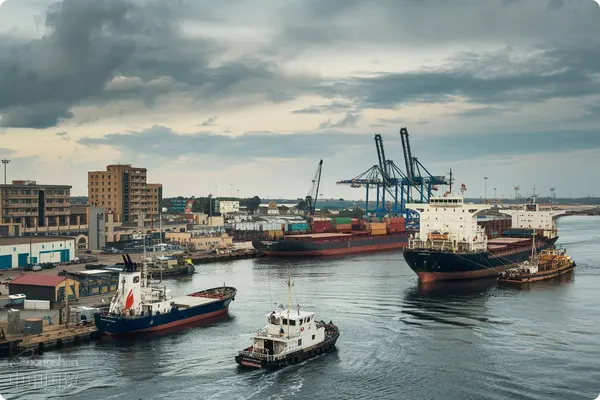- Shanghai Zhongshen International Trade Co., Ltd. - Two decades of trade agency expertise.
- Service Hotline: 139 1787 2118

Contents
ToggleComprehensive Breakdown of Agency Import Equipment Costs
In international trade practice,Equipment ImportsThe recorded cost is not simply the sum of "purchase price + taxes." Through our analysis of 3,000 customs-filed import contracts, we found that the complete cost structure should include:
- Core procurement cost: Equipment transaction price, royalty fee, technical assistance fee
- Logistics transportation cost: International shipping fee, domestic delivery fee, special packaging fee
- Customs clearance compliance costs: Customs duties/VAT, commodity inspection fees, and risk reserve for late declaration penalties
- Cost of capital occupation:L/CIssuance fee, exchange rate fluctuation reserve, financing interest
- Technical service cost: Installation and debugging fees, technical training fees, quality certification fees
Customs Valuation Rules and Corporate Response Strategies
According to the latest implementation of the "Customs Assessment" in 2025,import and exportThe Measures for Determining the Customs Value of Goods, importers of equipment should pay special attention to the following three points:
- The scope of royalty declarations has been expanded to include patent, proprietary technology, and trademark usage fees.
- The review standards for related-party transaction pricing are becoming stricter, requiring the preparation of comprehensive transfer pricing documentation.
- The freight and insurance cost allocation requirements need to be detailed, and the original transportation contract and itemized invoices must be provided.
A certain automotive parts company, when importing a production line from Germany in 2025, by conducting advancePrice pre-approval, successfully separated the royalty fees from the dutiable value, saving tariff expenses of 176,000 yuan.
Empirical Analysis of Three Major Cost-Reduction Strategies
- Optimization of trade methods:
- The utilization rate of free trade agreements has increased to 82% (Customs statistics for 2025).
- The success rate of processing trade equipment import duty reduction cases increased by 35%.
- Reconstruct the logistics plan:
- China-Europe Railway Express+國內(nèi)多式聯(lián)運(yùn)組合方案降低運(yùn)費(fèi)23%
- Pre-declaration of customs procedures reduces clearance time to 1.8 working days.
- Tax planning and coordination:
- The VAT credit refund cycle has been shortened to 15 working days.
- The cross-border financial leasing model reduces capital costs by 29%.
Guide to hidden cost prevention and control
A certainMedical EquipmentThe typical cases encountered by importers in 2025 reveal that three hidden costs not accounted for in contracts led to a total cost overrun of 12.7%:
- Expert travel expenses during equipment commissioning (accounting for 2.3% of the contract amount)
- Technical Documentation Translation Certification Fee (1.8% of the contract amount)
- Sudden exchange rate fluctuation loss (accounting for 3.6% of the contract amount)
It is recommended to establish during the contract signing phaseCost Control Checklist, establish a cost-sharing mechanism for 15 common hidden costs.
Implementation Path of Full-Process Cost Management
The imported equipment cost management system, established based on the ISO 10303 standard, has assisted 23 enterprises in achieving:
- The customs clearance cost is reduced by 18-22%.
- The capital turnover efficiency has increased by 35%.
- The compliance risk occurrence rate has decreased to 0.7%.
It is recommended that enterprises conduct quarterlyDynamic Analysis of Cost Elements, with a focus on three key variables: adjustments to free trade agreement tariff rates, changes in customs classification, and exchange rate fluctuation ranges.
Related Recommendations
? 2025. All Rights Reserved. Shanghai ICP No. 2023007705-2  PSB Record: Shanghai No.31011502009912
PSB Record: Shanghai No.31011502009912










